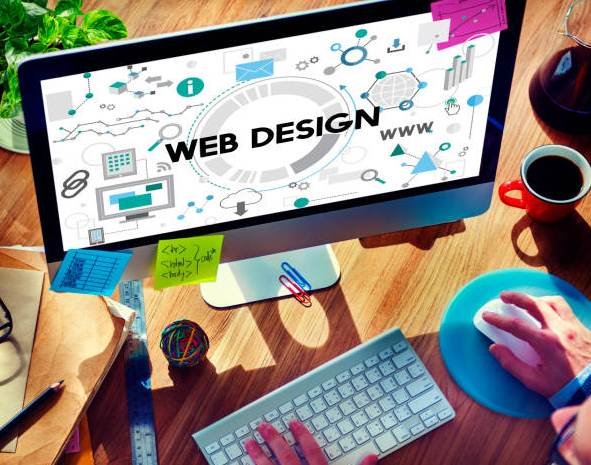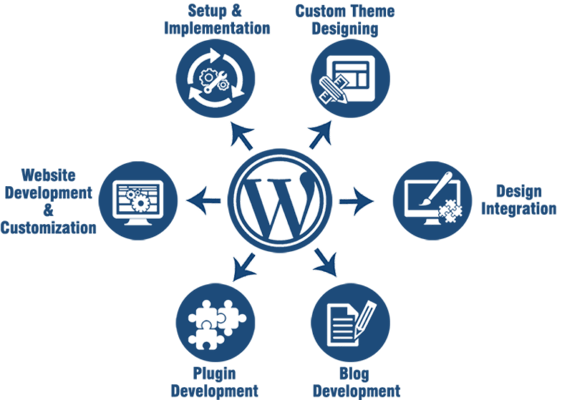Web Design and Development – Usability Designs
Introduction In the modern digital landscape, a strong online presence is essential for businesses and individuals. Web design and development play an important role in creating and maintaining an attractive and user-friendly website. In this ...









